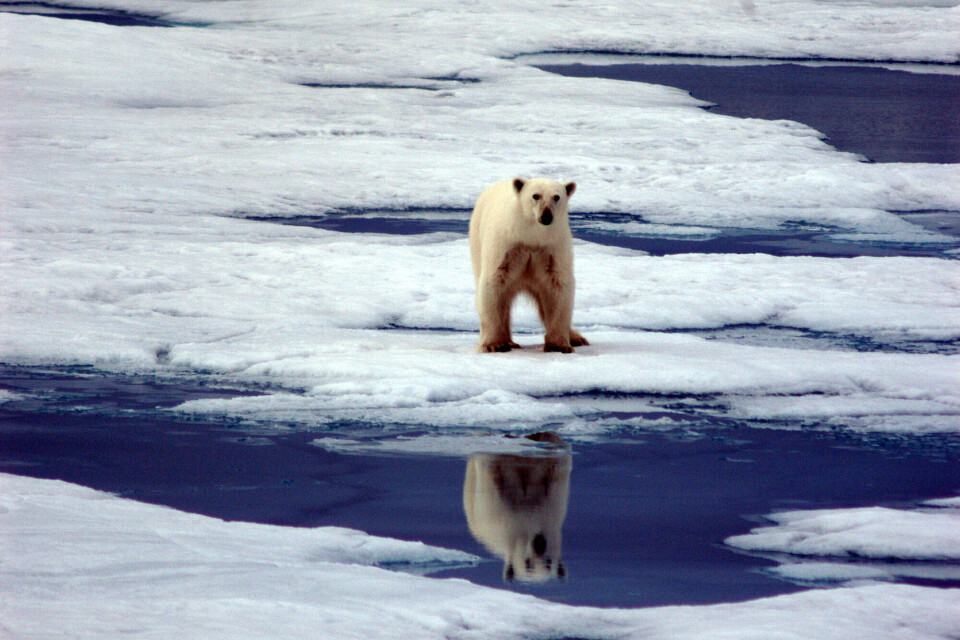
Midnight Sun heat wave
Temperatures surpassed 30 degrees Celsius across northern Scandinavia on Wednesday and many metrological stations hit new record high temperatures for June.
The thermometer in Saltdal, northern Norway, reached 31,6°C. Further inside the Arctic Circle, at 69 degrees north in Skibotn east of Tromsø, the temperature was 31,7°.
The Norwegian Meteorological Institute said the highest temperatures were seen in Tana and at Banak airport in Porsanger, both with 32,5°C.
Tromsø, on the coast of the relatively cool Norwegian Sea, saw a temperature of 29,9°C on Tuesday. That is a new record for June. Last record was in June 1974, when the temperature in Norway’s largest city above the Arctic Circle reached 29,5°C.
Rovaniemi had 30,1°C and is by Finnish Meteorological Institute expected to be over 31°C on Thursday. Temperatures over 30°C are also predicted for the coming weekend in the city that has the Arctic Circle and Santa Claus’ tourist trap a short 5 minutes drive to the north. Finland’s northernmost weather station, at Nuorgam in the municipality of Utsjoki, saw the air temperature reaching 31,7°C.
Russia’s Arctic capital Murmansk also set a new record for June with 30,2°C.

While children are happily enjoying the first week of vacation by swimming in lakes and rivers, the record temperatures in the Arctic are signs of worrying heat events in patterns of human-caused climate change.
At Svalbard, the archipelago halfway between the Norwegian mainland and the North Pole, sees general temperatures increase now 5 to 7 times higher than average rise globally. Climate scientists have for long documented that the temperatures in the Arctic are rising much higher than in the rest of the world. However, a recent publication in Scientific Reports points out that the northern Barents Sea, including Svalbard, now sees a rise in temperatures even 2 to 2,5 times higher than the average rise in the Arctic.
Climate scientist Ketil Isaksen with the Norwegian Meteorological Institute took part in the research and says the new results surpass everything ever seen before in regards to changing temperatures. Nowhere else on the globe seem to have greater warming than the northern Barents Sea.

















